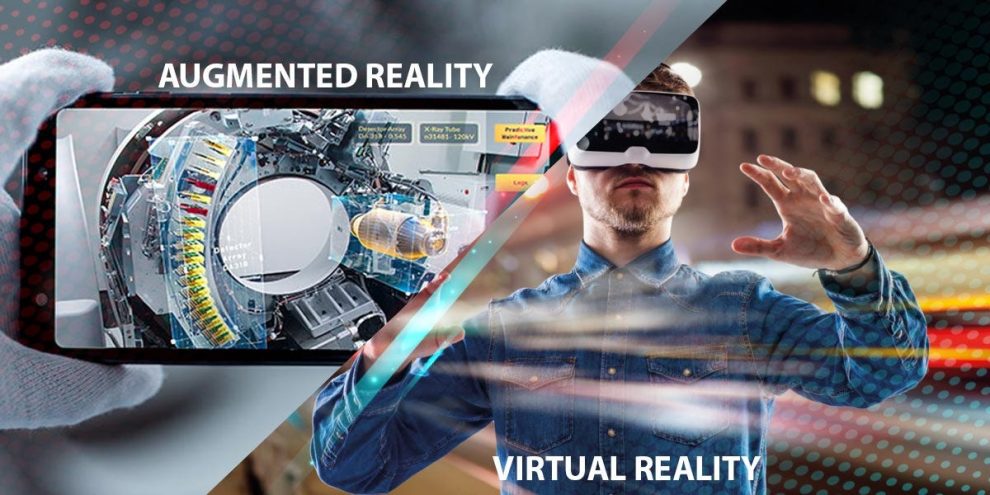As we stand on the brink of a new era, the fusion of VR, AR, haptic feedback, motion capture, and AI is crafting immersive experiences that were once the realm of imagination. The quest for immersion is not just about escaping reality but enhancing it, offering new dimensions of interaction, learning, and connectivity.
The Allure of Immersion: Beyond Escapism
Our fascination with immersive experiences stems from a deep-rooted desire to explore, learn, and connect in ways that transcend the limitations of our physical world. This allure is driving innovation, pushing the boundaries of what’s possible and opening up new avenues for engagement, education, therapy, and social interaction.
The Technological Vanguard: Crafting Worlds
The journey into these interactive worlds is led by a suite of pioneering technologies:
- Virtual Reality (VR): The rapid evolution of VR technology promises more than just gaming or entertainment; it’s a portal to new learning environments, remote workspaces, and social platforms where distance is no barrier.
- Augmented Reality (AR): AR’s potential to overlay digital information onto our physical reality is transforming education, healthcare, and retail, offering enriched experiences that blend the best of both worlds.
- Haptic Technology: The development of haptic feedback devices aims to add a tactile dimension to digital interactions, making virtual experiences feel as real as touching or holding an object in the physical world.
- Motion Capture Technology: Enhancing the realism of digital avatars, motion capture allows for a more natural and intuitive way to interact within virtual spaces, mirroring our movements and expressions in real-time.
- Artificial Intelligence (AI): AI is the architect behind the scenes, generating dynamic, responsive environments that adapt to our actions and decisions, making each virtual experience unique and engaging.
Navigating the Future: VR, AR, and Beyond

The trajectory of immersive technologies is not without its challenges, from overcoming hardware limitations to addressing ethical concerns. Yet, the path forward is illuminated by the potential to:
- Enhance Education and Training: Virtual scenarios can simulate real-world challenges and complex procedures, providing a risk-free environment for learning and practice.
- Revolutionize Healthcare: From diagnostic tools to therapeutic applications, immersive tech offers groundbreaking ways to treat and heal.
- Foster Global Connectivity: Virtual spaces can unite people from across the globe, creating communities that transcend geographical boundaries.
- Empower Creativity and Expression: New tools and platforms are emerging, allowing creators to bring their visions to life in ways that were previously impossible.
Embracing the Immersive Revolution
As we venture further into the 21st century, the fusion of these technologies will continue to reshape our perception of reality, offering experiences that are increasingly seamless, intuitive, and immersive. The journey toward fully interactive worlds is an ongoing adventure, one that promises to unlock unprecedented possibilities for exploration, learning, and connection.
The future of immersion is not just about technology; it’s about the human experience—expanding our horizons, deepening our understanding, and connecting us in ways we’ve yet to fully imagine. As we explore these emerging landscapes, we’re not just witnessing a technological revolution; we’re participating in a profound expansion of what it means to live, learn, and interact. The quest for immersion is, at its core, a quest for a deeper, more connected existence, and it’s a journey that’s just beginning.
















Add Comment